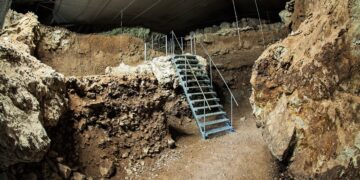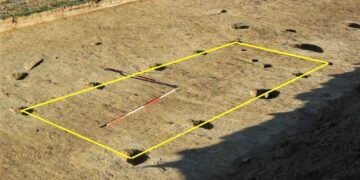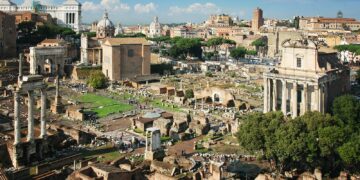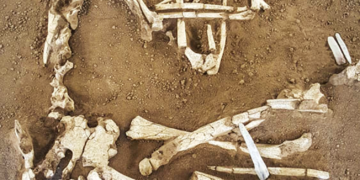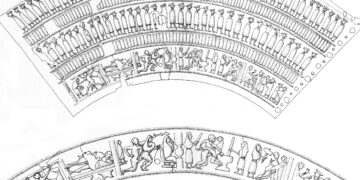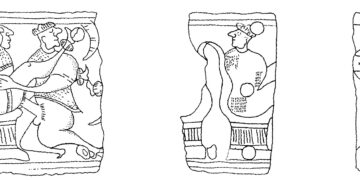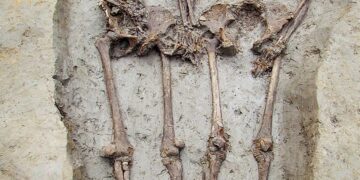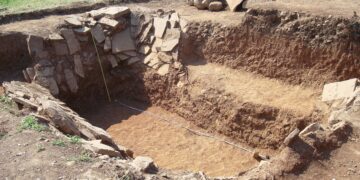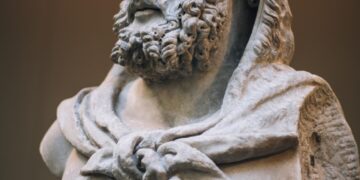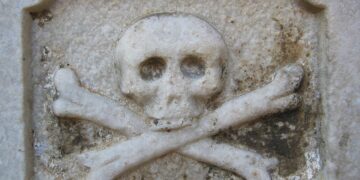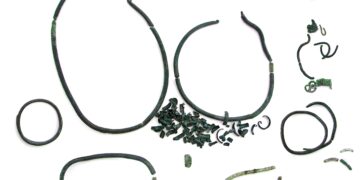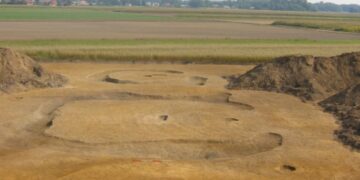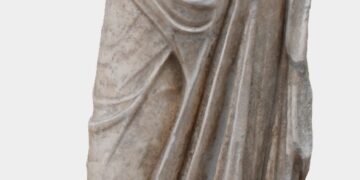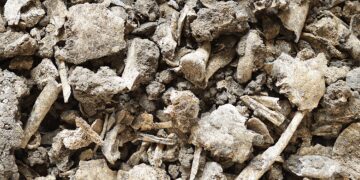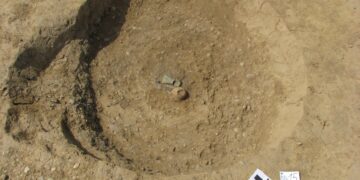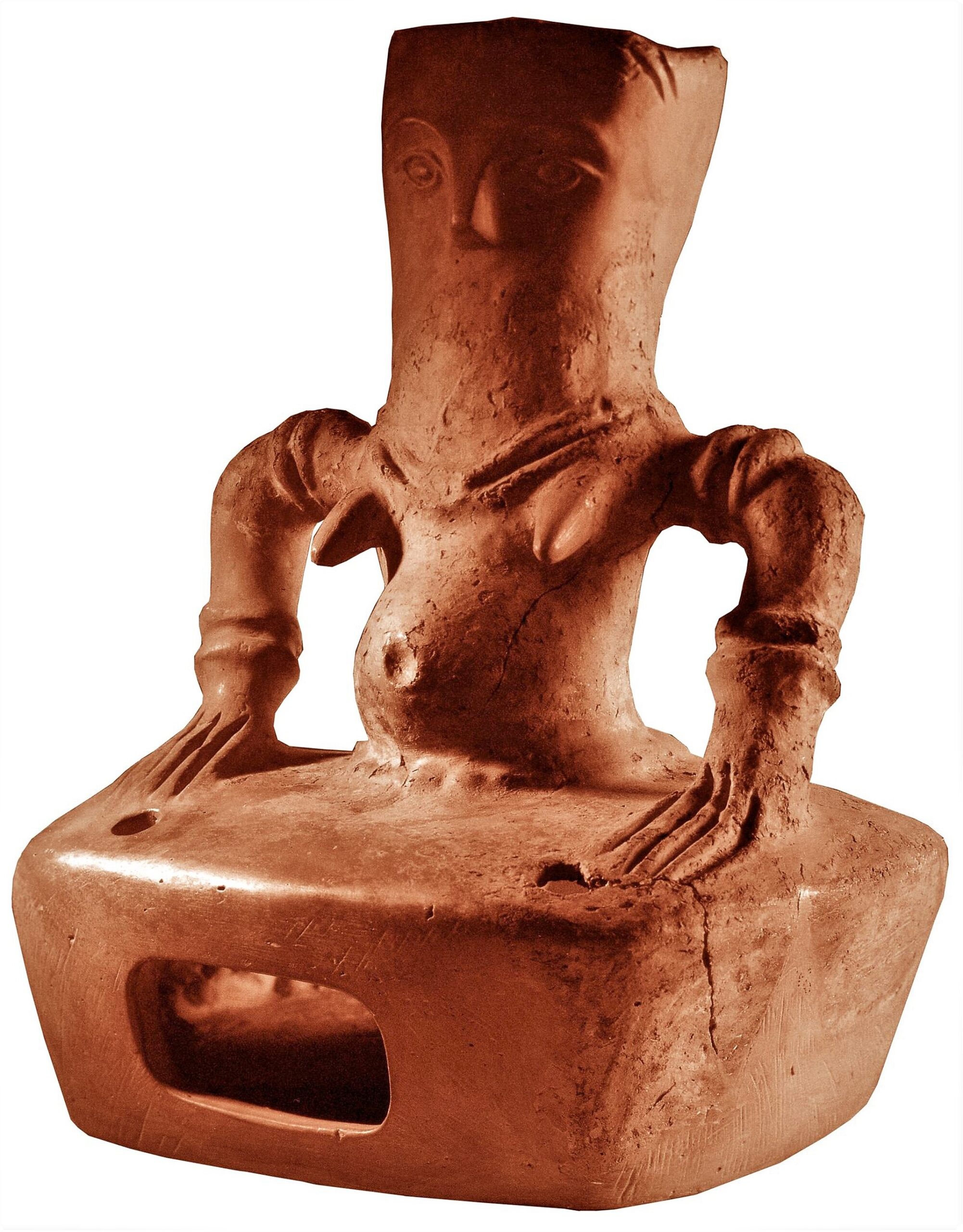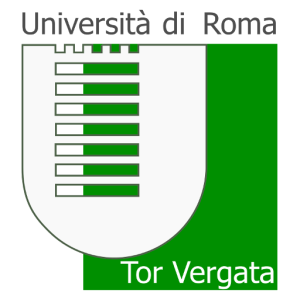The sudden appearance of figurines and anthropomorphic hybrids in the Neolithic supports the significant social transformation in southeast Europe. The human bodies, represented in ceramic, were not only viewed as visual units but as representations of its social and symbolic features. The second feature in Macedonian Neolithic was the house – a focal point of society, an enclosed space where the family was generated and concentrated and where household identity was created and sustained. Moreover, Macedonian Neolithic archaeological heritage is characterized by the combination of the two – anthropomorphic vessels or humanlike house models were a materialization of the Neolithic way of life and ideology.
The most representative figural objects of the North Macedonian Neolithic are hybrid house models with the representation of a human body. They resemble a combination of a house acting as the lower part of the body in the upper creating a hybrid relation between the main symbolic features of the Neolithic – the house and the body, the community and the individual. The majority of these vessels depict females and only a minority of them could be characterised as male. Currently, it is assumed that these complex depictions were used as altars and discoveries of miniature figurines in their vicinity suggest that they were positioned within the house models. Having an important symbolic role in domestic ceremonies and activities, emphasized by their context and as well as the hybridism of their imagery, these vessels indicate that in Neolithic Macedonia various ideas about the character of the divine had to be presented and narrated through a wide range of media.


